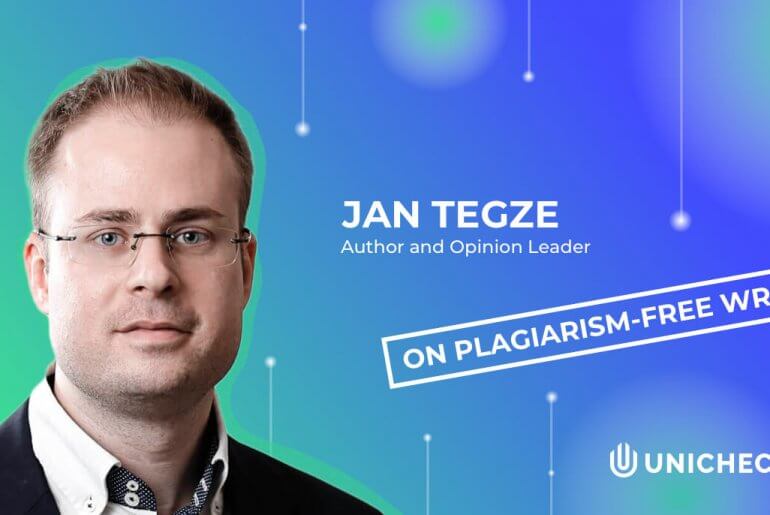Bet you know the definition of plagiarism by now. Sure, it’s taking somebody else’s words or ideas and passing them off as one’s own without giving credit to the original source. Educators and editors should know how to use software to detect plagiarism and eliminate text similarities on time.
It seems to be rather simple to deal with plagiarism: if a checker detects similarities, it’s plagiarism in the flesh! But what if ideas are stolen? Only experts can see these similarities while proof-reading.
Does plagiarism check online help?
The situation with intertextuality is similar to the one with ideas. Intertextuality is the reference to archetypes, pop icons, or any other common knowledge in art. It’s used with the aim to fill a text with historical, cultural, social, etc. events or objects. It’s hard to accuse artists of actually stealing content. Not a single plagiarism finder online is going to help, although it’s a powerful and reliable tool.
Is there any benefit in intertextuality?
Intertextuality works this way: it makes text multi-layered so that writing is not flat and plain any more. Reading and finding allusions to history and culture as well as to other texts or pieces of art you already know is a really exciting thing!
However, intertextuality is only visible for art fanciers – in order to see the relationships between events and texts, you have to be familiar with them. Otherwise, you are likely to fail to notice any connections.
Post-postmodernity suggests myriads of patchwork – a piece of writing compiled of what preceded today’s era. You’d simply get lost without a clue as to what was actually original and that which wasn’t. Does anybody really care about it? After all, it’s art.
All in all, there is a widespread belief that everything has already been created, and the only thing moderns are left with is pastiche, a lampoon or imitation. Consciously or subconsciously, it’s inevitable that demiurges repeat artists of the previous ages, it’s ages.
Examples of intertextuality
You can find plenty of references to Shakespeare’s works in modern pieces of art. And do you know that Shakespeare also referred to prior historical events, personalities, and pieces of art?
Follow this: The Lion King cartoon created by Walt Disney refers to the Hamlet myth, and the famous Shakespearean play Hamlet refers to The Spanish Tragedy previously written by Thomas Kyd. Intertextuality develops culture.
Though the boundary between plagiarism and intertextuality seems not to be very obvious, it’s not a cut and dried issue. Interpretation, compilation, parody, when do they become an intellectual theft?
Generally, authors confess they were inspired by famous masterpieces – and this way created their own. Again, it’s art.
If we are talking not about art and fiction with unclear borders, but about scientific papers, citations should be used. If there are no references, unfortunately you are considered to be a plagiarist. Check these articles to learn more quoting details: Ways to Quote Online Sources with Printed Equivalents, Quoting Online Press and Web Documents, Web Sites, Social Media and Multimedia Quoting.
Is plagiarism and intertextuality the same?
You can’t find a clear answer to the question “Is plagiarism and intertextuality the same?” Partially yes, partially no. Since we live in the post-postmodern world, where individual interpretation is highly prized, it’s up to a reader to decide if plagiarism and intertextuality are similar phenomena. The facts mentioned above may help you draw your own conclusions.
The one thing you should remember is this: if you use any kind of content (texts, pictures, videos or anything else) without references, it is plagiarism, and anti plagiarism software can easily detect violation. Be careful and cite properly!





